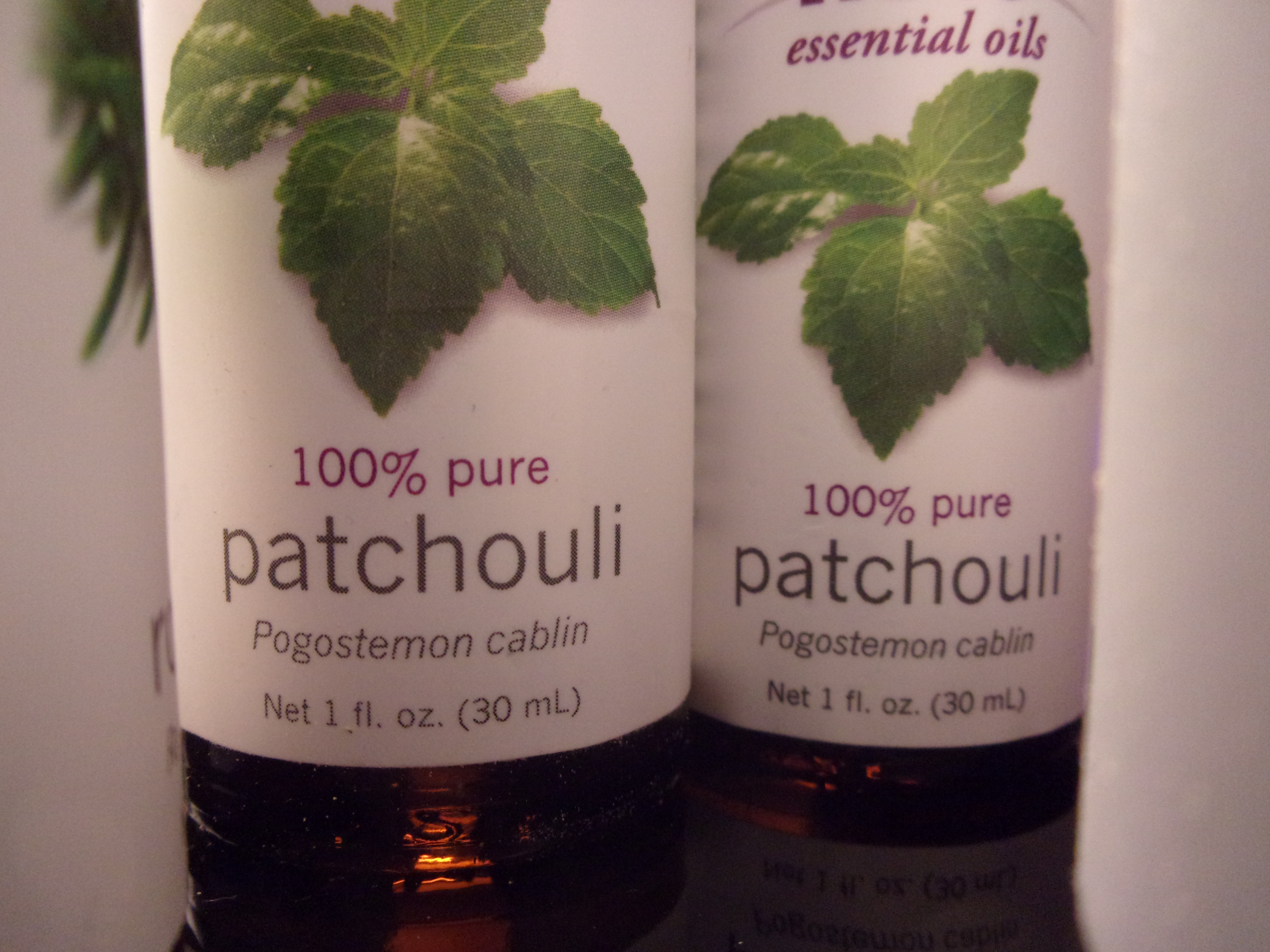Essential Oil Notes
Essential Oil Notes are the attributes of the fragrance. Combine three essential oils using a Top, Middle and Base note and you can create a perfectly balanced aromatic scent. This is similar to the effects of a perfect melody to your ears. All essential oils have ‘NOTES’ which will fall into one of the three categories: Top Notes, Middle Notes and Base Notes.
Top Note Essential Oils
Top Note Essential Oils tend to hit the nose first but then dissipate over time. Some top notes have more intensity than others. Lemongrass essential oil has an intense aroma whereas Orange Essential Oil has a very mild essence.
When mixing 3 essential oils by their notes (Top, Middle and Base) you will generally use less than 25% of the Top Note essential oil for your total mix.
Here is a short list of some commonly used Top Note Essential Oils: 1.Citronella 2.Grapefruit 3.Lemon 4.Lemongrass 5.Lime 6.Orange 7.Spearmint.
Middle Note Essential Oils

Middle Note Essential Oils tend to be the majority constituents for a three-note essential oil mixture. The middle note is the second essential oil to reach your nose. Generally speaking, a middle note should be used at a rate of 25% to 80% of the total mix. Experimentation is key here.
Here is a list of 15 commonly used Middle Note essential oils: 1.Balsam Fir 2.Cardamom 3.Coriander 4.Cypress 5.Fir 6.Geranium 7.Ginger 8.Juniper 9.Lavender 10.Marjoram 11.Oregano 12.Peppermint 13.Pine 14.Rosemary 15.Spruce.
Base Note Essential Oils

Base Note Essential Oils have aromas that tend to be the most pungent. They are the dominant scent that will last the longest. It is the last scent that will reach your nose when mixing a top, middle and base note combination.
Base Notes should generally be used at less than 20% of your total essential oil mix. Again, these are general guidelines. Experiment with the amounts to come up with the results you are looking for.
Here is a short list of some common Base Note Essential Oils: 1.Cedarwood 2.Frankincense 3.Jasmine 4.Myrrh 5.Patchouli 6.Sandalwood 7.Spikenard 8.Vanilla 9.Vetiver.
Essential Oil Note Resources
This is by no means the complete list of essential oils and their notes. There is a good resource to learn more about essential oil notes here. Combine three Essential Oils using a top, middle and base note and you can create a perfectly balanced fragrance to add to your soaps. Experimentation is important. Become familiar with essential oil aromas. Visit a health food store where essential oil tester bottles are available. You might find a few that will amaze you!